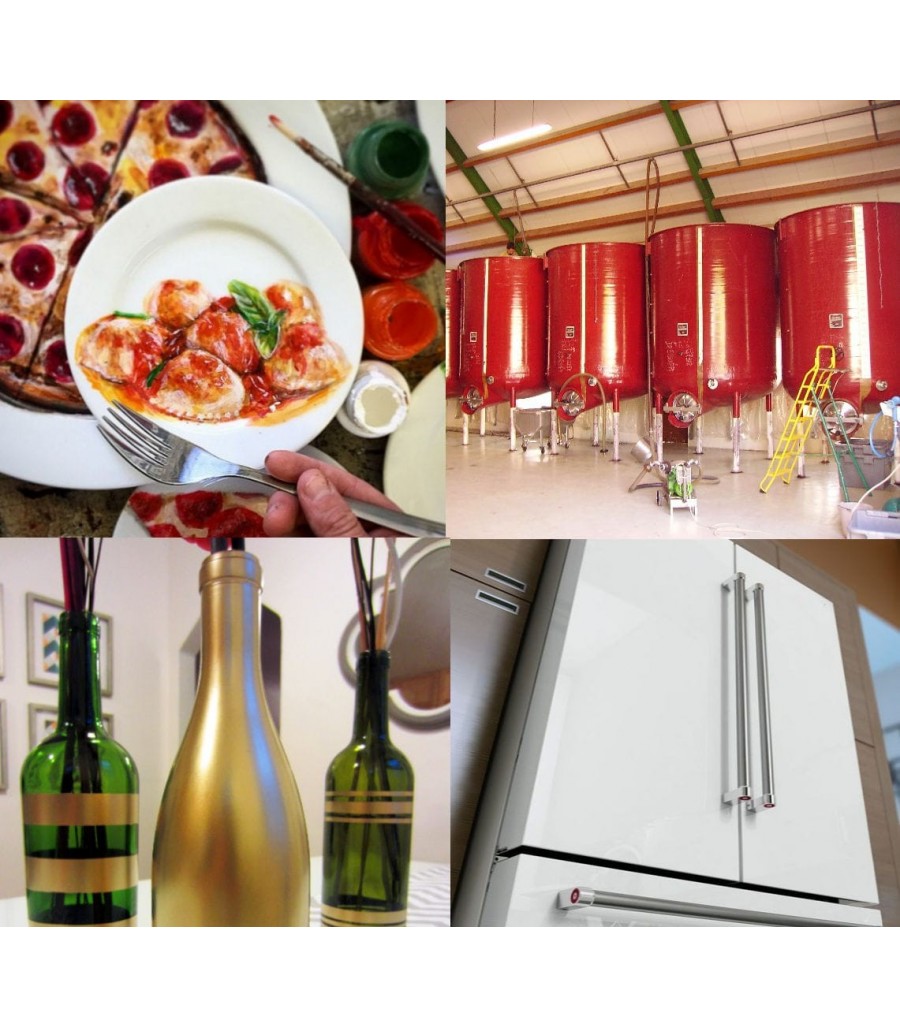 Varnishes for food
Varnishes for food
They are among the paint and coating products that meet strict characteristics, controlled by laboratory tests. Standard varnishes are varnishes used by professionals in various fields of the food industry, among others. Edible varnishes can be formulated with both water-based recipes and solvent-based recipes.
A food varnish is tested on its dry state only, by determining the quantity of harmful product that it can release. The tests are carried out in the laboratory, according to specific standards listed below. They examine the inertia of a varnish that must come into contact with food. Standard NF EN 1186 parts 1, 2 and 3 European Directive No. 87/11/EEC of 18/10 European Directive No. 85/572/EEC of 19/12/85 EC Regulation No. 1935/2004 Regulation (EU) No. °10/2011 Information note DGCCRF 2004/64
Global migration test of an edible varnish
A sample intended to come into contact with food is subjected to various simulation conditions, in aqueous, acidic and fatty media, coupled with a certain level of temperature. For example, contact conditions on the sample can be a 10-day test at 40°C, with liquid simulators such as acetic acid in a concentration of 3%. During these tests carried out on food varnishes in a specialized laboratory, the appearance is observed, as well as the migration values (mg/dm3) in liquids simulating aqueous and oily. For a food varnish to be classified as such, the conclusions and test reports must be below the limits set by the regulations.
Two levels of compliance
Food varnishes can be classified as either having direct food contact or indirect food contact. In each case, the tolerated migration levels are different and the number of simulation tests are also different. It is of course more difficult for a varnish to obtain food classification in direct contact.
Applications of edible varnish
Stardust has developed bi-component water-based polyurethane acrylic varnishes, allowing a high level of resistance (soaking in cold water for 60 min and in hot water at 80° for 10 min, without modification) for food manufacturers. The applications are multiple, from tools and equipment for the kitchen, to containers for prepared meals or coffee capsules.



















































































